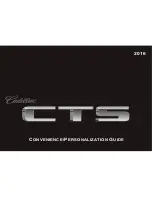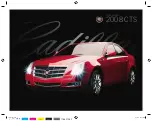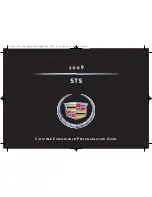
Things
to remember when
driving
84
Things to remember when driving
Break-in period
Moving parts need breaking-in time to adjust to
each other. Please follow the instructions below
in order to achieve the optimal service life and
economy of operation for your vehicle.
Engine and differential
Always obey all official speed limits.
Up to 1,200 miles/2,000 km
Drive at varying engine and road speeds, but do
not exceed the following:
>
Gasoline engine
4500 rpm or 100 mph/160 km/h
Avoid full-throttle operation and use of the
transmission's kick-down mode.
After driving 1,200 miles/2,000 km
Engine and vehicle speeds can be gradually
increased.
Tires
Due to technical factors associated with their
manufacture, tires do not achieve their full trac-
tion potential until after an initial break-in
period. Therefore, drive cautiously during the
first 200 miles/300 km.
Brake system
Brakes require an initial break-in period of
approx. 300 miles/500 km to achieve optimized
contact and wear patterns between brake pads
and rotors. Drive cautiously during this break-in
period.
Clutch
The function of the clutch reaches its optimal
level only after a distance driven of approx.
300 miles/500 km. During this break-in period,
engage the clutch gently.
Following part replacement
The same break-in procedures should be
observed if any of the components mentioned
above have to be renewed in the course of the
vehicle's operating life.
General driving notes
Close the tailgate
Drive the vehicle only when the tailgate is
closed. Otherwise, exhaust fumes could
penetrate the interior of the vehicle.
<
If special circumstances make it absolutely nec-
essary to drive with the tailgate open:
1.
Close all windows and the glass sunroof.
2.
Switch off the recirculated-air mode and sig-
nificantly increase the air flow rate of the air
conditioner or automatic climate control,
page
.
Hot exhaust system
In all vehicles, extremely high tempera-
tures are generated in the exhaust sys-
tem. Do not remove the heat shields installed
adjacent to various sections of the exhaust sys-
tem, and never apply undercoating to them.
When driving, standing at idle and while park-
ing, take care to avoid possible contact between
the hot exhaust system and any highly flamma-
ble materials such as hay, leaves, grass, etc. Such
contact could lead to a fire, with the risk of seri-
ous personal injuries and property damage. Do
not touch hot exhaust tail pipes. Otherwise
there is a risk of burns.
<
Hydroplaning
When driving on wet or slushy roads,
reduce road speed. If you do not, a wedge
of water can form between tires and road sur-
face. This situation, known as hydroplaning, can
cause partial or complete loss of tire contact
Online Edition for Part no. 01 41 0 014 701 - © 11/07 BMW AG
Summary of Contents for cooper 2008
Page 2: ...Online Edition for Part no 01 41 0 014 701 11 07 BMW AG...
Page 10: ...Online Edition for Part no 01 41 0 014 701 11 07 BMW AG...
Page 16: ...Cockpit 14 Around the center console Online Edition for Part no 01 41 0 014 701 11 07 BMW AG...
Page 18: ...Online Edition for Part no 01 41 0 014 701 11 07 BMW AG...
Page 84: ...Online Edition for Part no 01 41 0 014 701 11 07 BMW AG...
Page 94: ...Online Edition for Part no 01 41 0 014 701 11 07 BMW AG...
Page 144: ...Online Edition for Part no 01 41 0 014 701 11 07 BMW AG...
Page 162: ...Online Edition for Part no 01 41 0 014 701 11 07 BMW AG...
Page 163: ...Online Edition for Part no 01 41 0 014 701 11 07 BMW AG...
















































